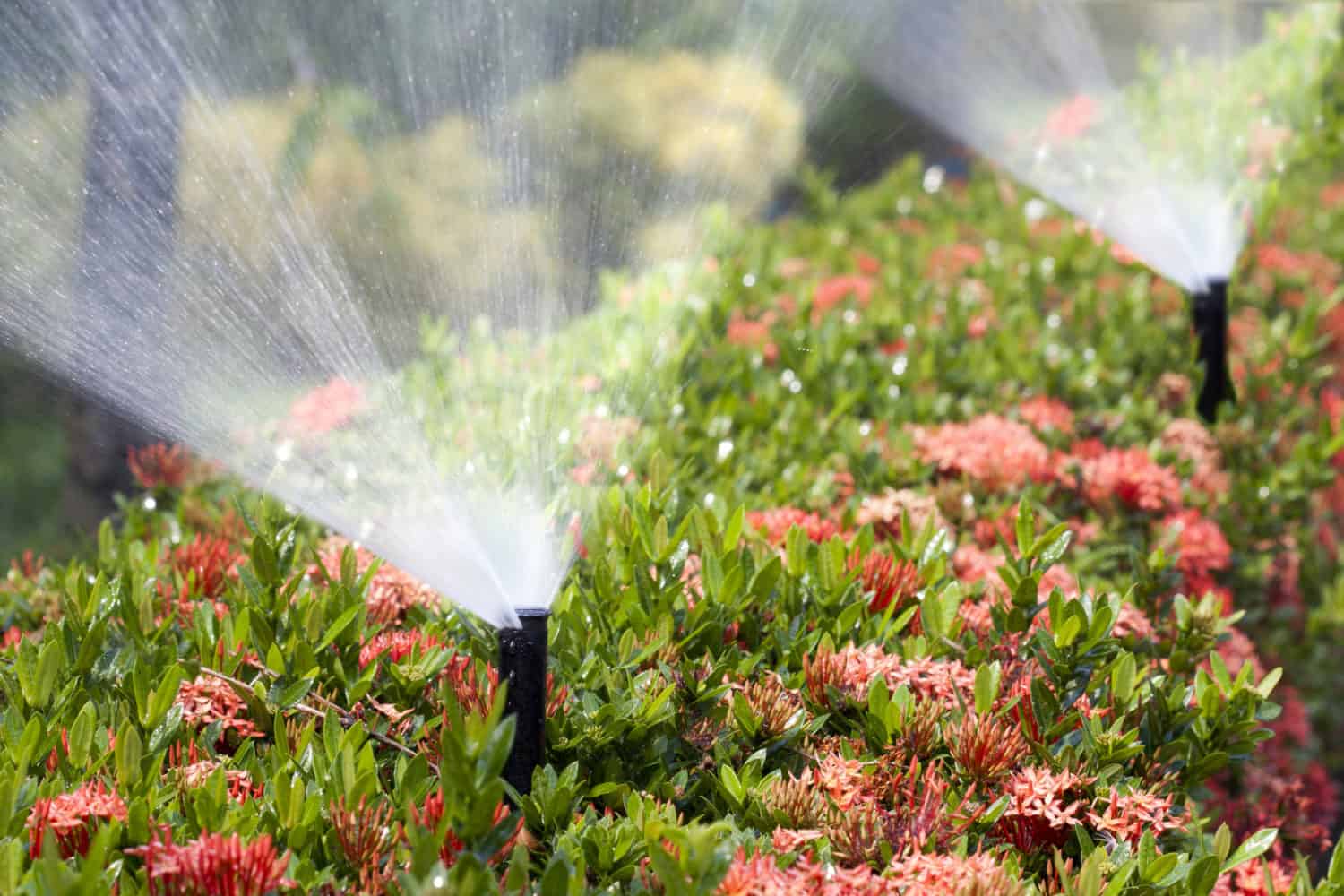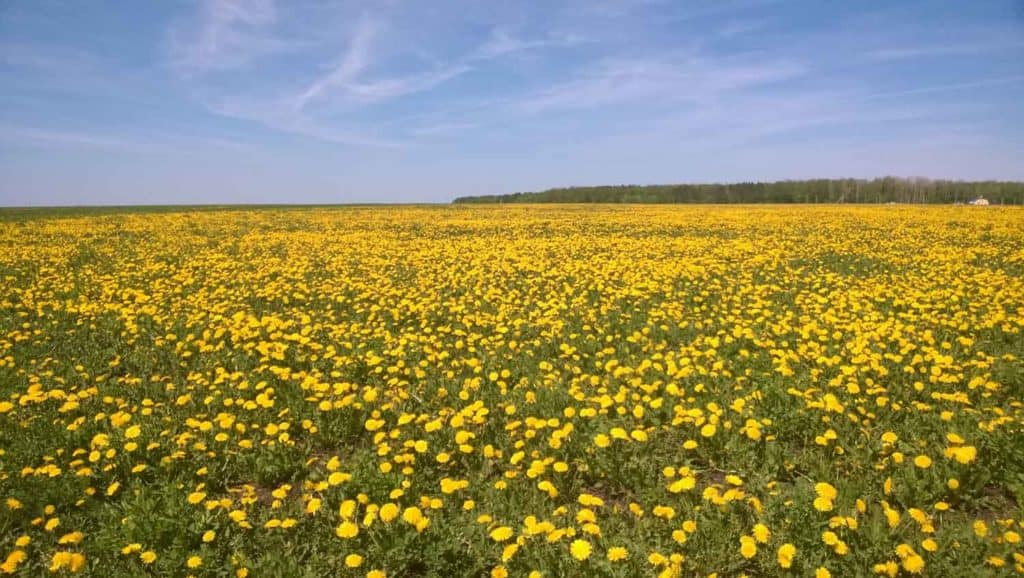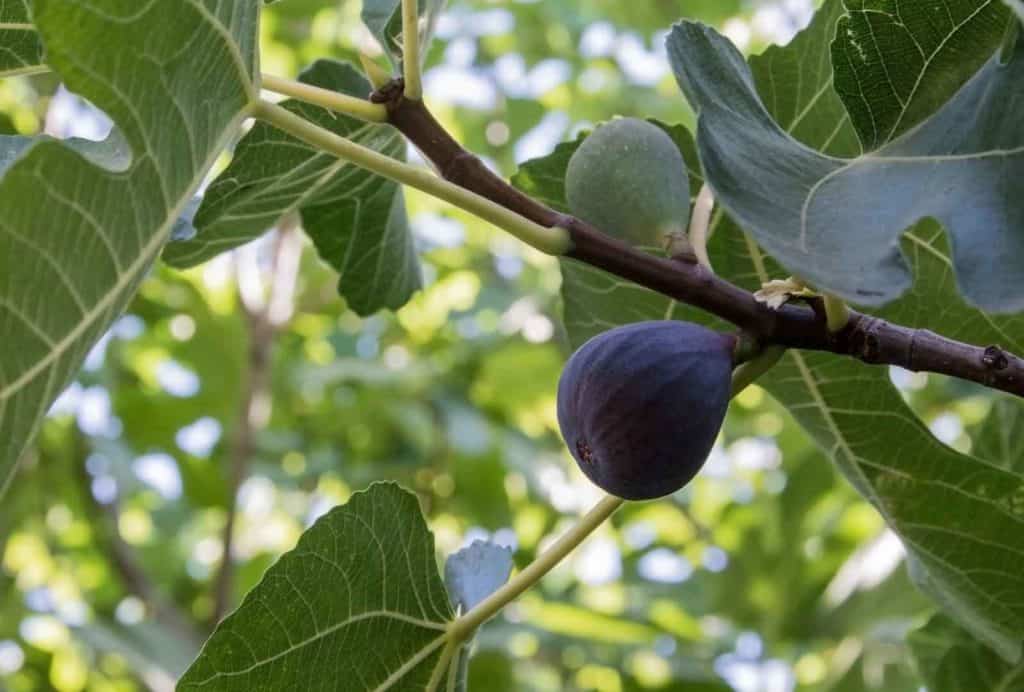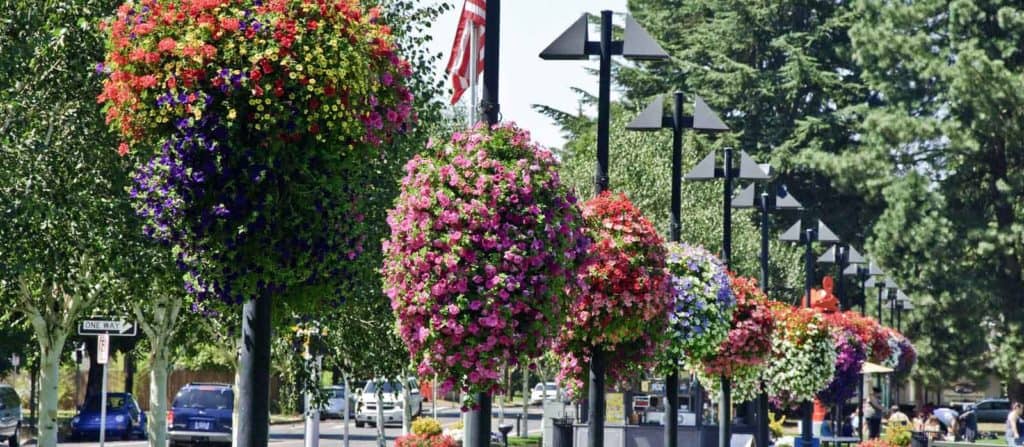The question, “How Often Should I Water My Garden?” is simple but the answer may not be so straightforward. If you want to avoid over-or underwatering your garden, there are several factors you need to pay attention to. It takes a bit of research on your end, so let’s get started.
Contents
Start With Good Soil
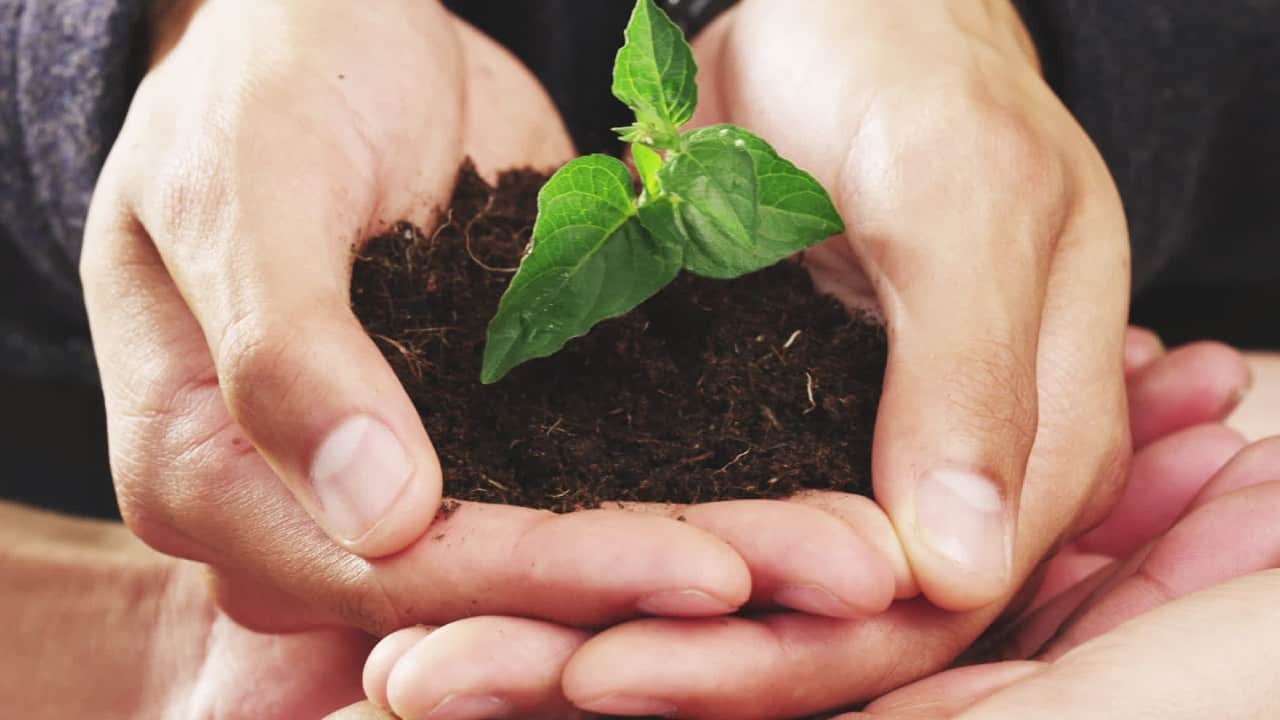
You can’t have a healthy garden without healthy soil. Why does this matter? The healthier the soil, the longer it can hold water.
You can significantly improve the quality of your soil by adding a bit of compost or mulch. Just one-quarter inch of compost per season will significantly improve your garden’s moisture retention. Another way how to enhance your soil and give your lawn a great look is a top dressing lawn.
Among other things, the soil is made up of organic matter (dead and living organisms), particles of minerals (clay, silt, sand, rocks). Gardeners often talk about the type of soil they have in their inviting backyards. You may have heard someone say they have clay soil in their garden, for example.
Most types of soil contain all three minerals (clay, silt, sand) but in different combinations. So, clay soil doesn’t contain just clay. How is this relevant? The more clay the soil has, the better it is at retaining water. Clay increases the density of the soil.
As a general rule, you don’t need to water your garden often if you have clay soil. Once a week should do the trick.
You will have to water more often if the soil in your garden is sandy. This is because liquid travels down through sand more quickly.
If you have no idea what type of soil you have, don’t worry. Using an inexpensive soil testing kit is a quick and inexpensive way to find out. If you want to know straight away and are feeling a bit experimental, check out this USDA guide.
Soil Savvy – Soil Test Kit
[amazon fields=”B079GMTHFD” value=”thumb” image_size=”large” image_alt=”Soil Savvy – Soil Test Kit” image_align=”center”]
[amazon fields=”B079GMTHFD” value=”button” button_text=”Check Price on Amazon”]
When to Water
Knowing what type of soil you have is important, but this fact won’t tell you everything. You need to feel the soil. The soil is moist enough if you can easily form a ball with it. If the surface of the soil looks cracked, baked, or hard, or if it barely holds together in your hand, it’s likely to dry and needs water.
Best Time of Day to Water Plants
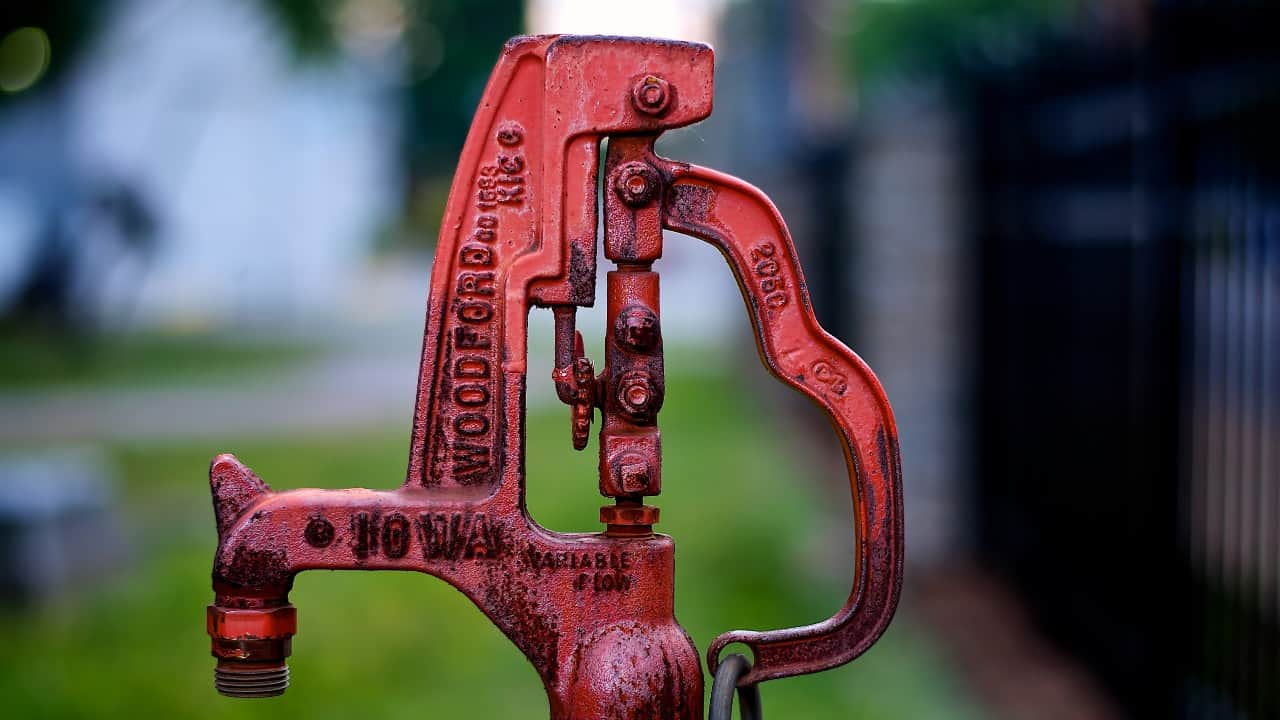
Time of day is also an important factor. So that the foliage will have dried off by evening, it’s best to water early in the morning. This way, the leaves of the plants will have the entire day to dry off. Moreover, less moisture will evaporate if you do it earlier in the day.
The foliage may stay wet for too long if you water the plants at night. This increases the risk of plant disease.
If watering in the morning is impractical due to your schedule, you may do it in the evening. Just be careful not to get too much water on the leaves because the moisture may linger for too long during the night.
The middle of the afternoon is the worst time for watering. Too much water will evaporate because of the heat.
It may sound crazy, but the best time to water your garden is often during or right after a rain shower. If the rainfall amounts to no more than half an inch, your garden may need more water. You want to make sure the water will penetrate down to 5 or 6 inches.
You’ll be adding only surface water if you wait for too long after the rain. The garden will never get a chance to build up a reserve of water if the rain is light and you water lightly.
Sunlight
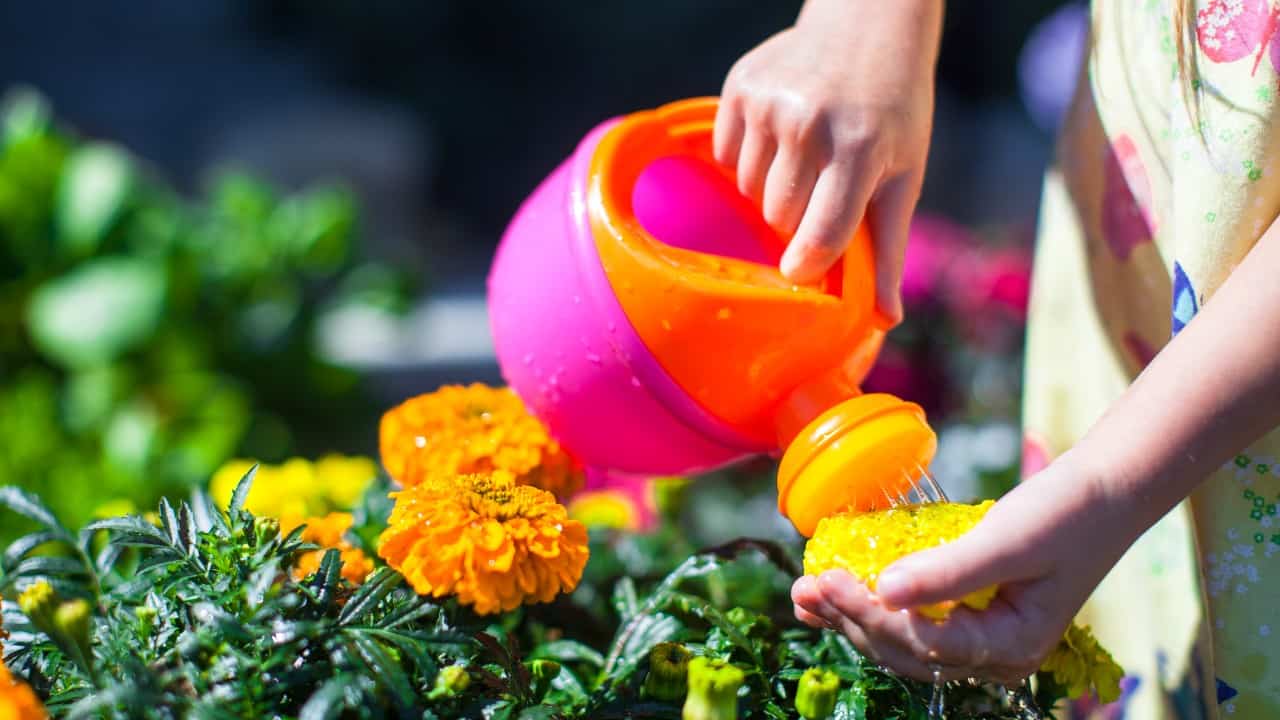
When it comes to watering frequency, the amount of light your plants get is a huge factor. A garden needs sunlight in order to grow and flourish, naturally. But, when it comes to plants or indoor plants, too much of a good thing is usually harmful.
The colors start to fade and the petals begin to wither when a plant gets too much light. To give your garden the care it needs watch out for these signs. You can water less often if it’s getting just the right amount of light.
No More Wilt Guilt
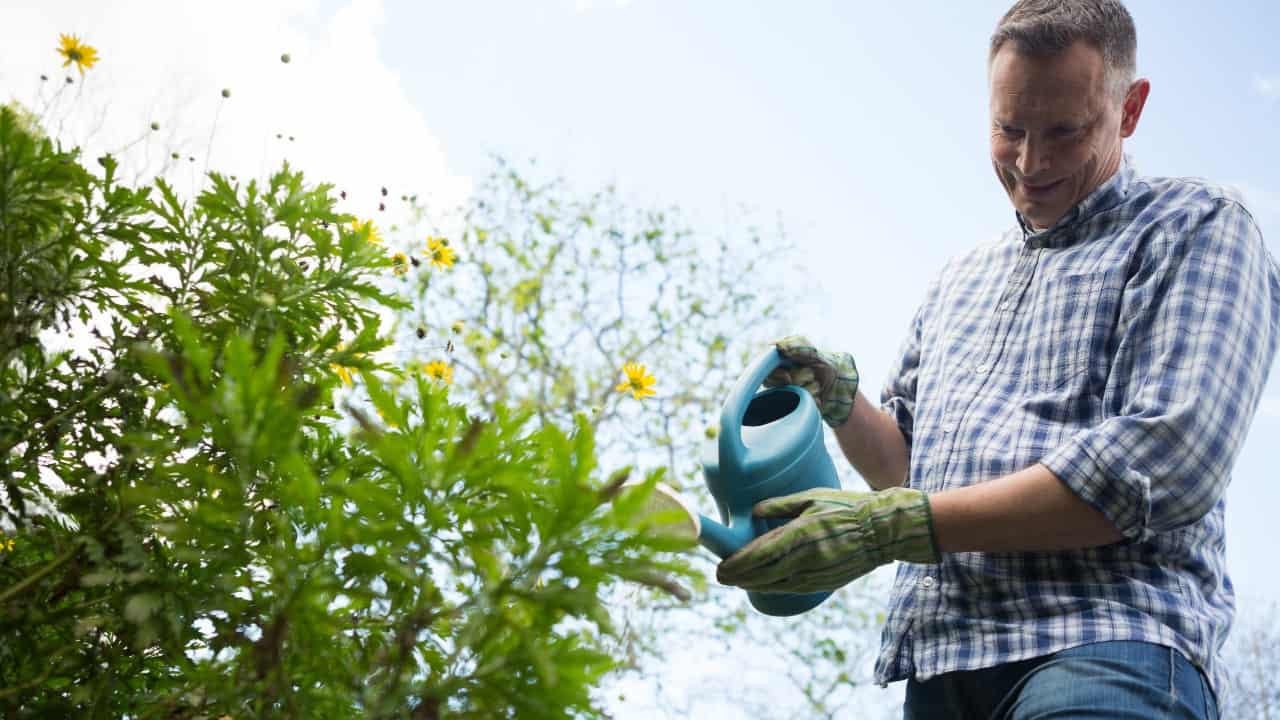
You might be watering your gardening too often if you are constantly worried that your plants may wilt. But if your plants look a bit droopy, it doesn’t mean they are dying of thirst. There is the same rule of watering for plants hanging in baskets.
Temporary wilting during midday heat is usually normal. On very hot, dry days, many gardens go through midday slumps.
When this happens to your plants, you should wait until the evening before you do anything. If your plants look perkier then, rest assured they are not thirsty.
Know How Much Water a Vegetable Garden Needs
If you have a vegetable garden, it probably shouldn’t receive more than 1 or 2 inches of water per week—both from you and rain. However, some vegetables are less thirsty than others.
If you are growing vegetables in your garden, the following guide should help. It lists the water needs of some of the most common vegetables. Do know that this guide is for potted plants as well.
|
Vegetable |
Amount of Water Needed |
Critical Time to Water |
|
Brussel sprouts |
1 to 1 ½ gal a week |
Make sure the soil remains moist for 1 month after transplanting |
|
Broccoli |
1 to 1 ½ gal a week |
Make sure the soil remains moist for 1 month after transplanting |
|
Beets |
2 gal every 2 weeks, 1 gal during the early stage |
Before soil gets bone-dry |
|
Beans |
2 gal a week, depending on rain |
During pod development and when flowers form |
|
Cucumbers |
1 gal a week |
During flowering and fruit development |
|
Corn |
2 gal at important stages |
When cobs swell and tassels form |
|
Celery |
2 gal a week |
Water frequently |
|
Cauliflower |
2 gal a week
|
During head development |
|
Carrots |
2 gal every 2 weeks during root growth, 1 gal at an early stage |
Before soil gets bone-dry, during early root growth |
|
Cabbage |
2 gal a week |
When the weather is dry, during head development |
|
Squash |
1 gal a week |
Water frequently |
|
Radishes |
2 gal a week |
Consistent watering for root growth |
|
Tomatoes |
1 gal twice a week |
The first month after transplanting, when fruit and flowers form |
|
Spinach/Lettuce |
2 gal a week |
Water frequently |
|
Onions |
½ to 1 gal a week |
During the early stage, in dry weather |
|
Peas |
2 gal a week |
During pod-forming and picking, when flowers form |
|
Parsnips |
1 gal a week |
Before soil gets bone-dry |
Measuring Moisture
Jumbo EZRead Rain Gauge
[amazon fields=”B00GRSSY2U” value=”thumb” image_size=”large” image_alt=”Jumbo Ez Rain Gauge” image_align=”center”]
[amazon fields=”B00GRSSY2U” value=”button” button_text=”Check Price on Amazon”]
It’s easier to learn when it’s best to water your garden if you use a rain gauge. This simple device can be of great help. It will tell you how much rain your garden has received in a certain period.
Trying to determine whether your garden needs more or less water by monitoring the type and duration of rainfall can be a pain in the neck. And even if you have a good “sense” of how much it rained, a rain gauge is more reliable.
Set a regular watering schedule. Ideally, you should pick one day in the week when you are not busy in the morning. Throughout the week, keep an eye on the rain gauge.
Just to be sure, you can always check the soil before watering. Use a trowel to dig down into the ground and see how much water is still present.
Another way to figure out whether you should use more or less water is to measure sprinkling. You don’t really need a complex irrigation system to do this.
Before you start watering your garden and evergreen shrubs, place 4 or 5 straight-sided containers around it. Keep an eye on the containers while sprinkling water on your plants.
The amount of water in the containers will be the same as the amount of water in your garden. To make watering even easier in the future, you can record the time needed to fill the containers.
How Should I Water My Garden?
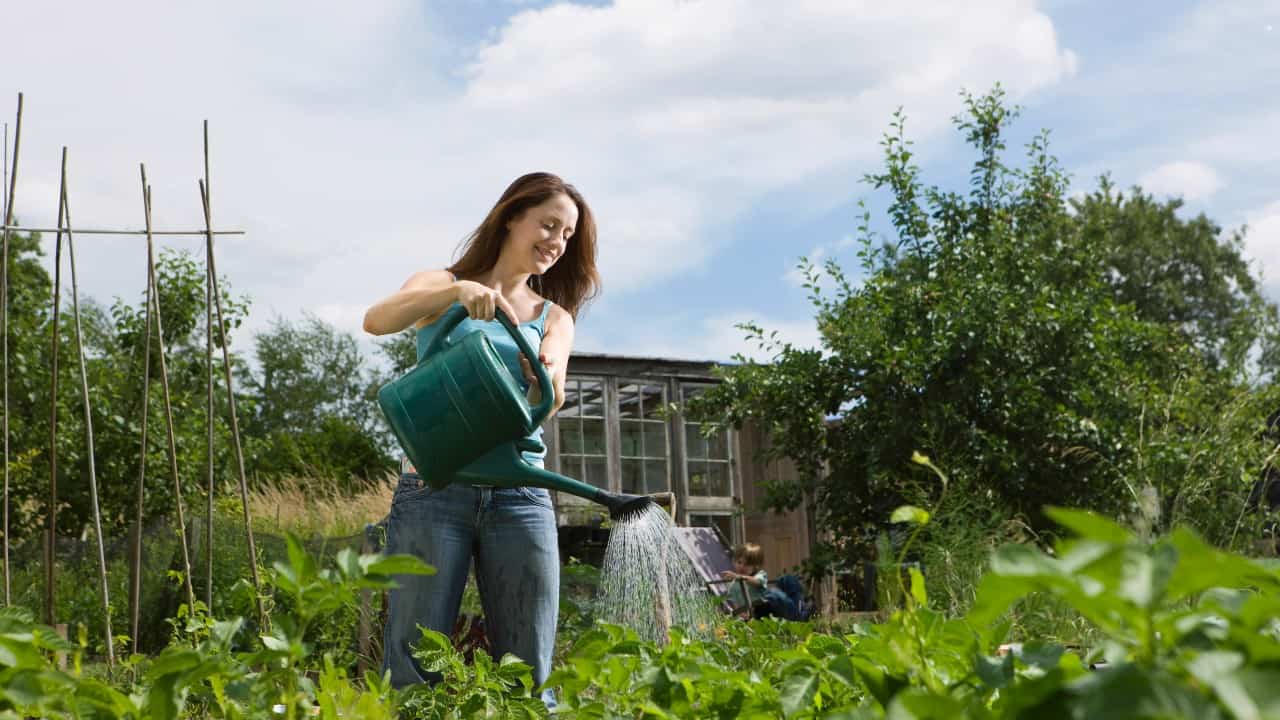
For a plant to be healthy, its roots need to penetrate deeply into the soil. Your garden counts on you to help it get deep roots. If there isn’t water down deep, the roots won’t go there.
If you want to make sure the roots of your plants won’t stay thirsty, “How often should I water my garden?” isn’t the only question you should be asking. Plant watering methods are just as important as watering frequency.
Make sure you’re watering at the base of each plant. Unless you live in a particularly hot climate, it’s best to avoid overhead or lawn sprinklers. It’s better to lay the hose on the ground. Placing a rock or board under the water flow will help prevent soil erosion.
Conclusion
Even though watering isn’t as straightforward as one would expect it to be, don’t let this bother you too much. Plants are very adaptable. As long as the soil around the deepest roots is moist, your garden will be fine.
Whenever you need to make your mind at peace, simply dig down into the ground with a trowel. It’s the fastest way to check the soil for moisture.
If you need help around your indoor plants as well, check out my post on the best low maintenance houseplants. In case you have a pet, be sure to read my post on dogs and flowers as well.

